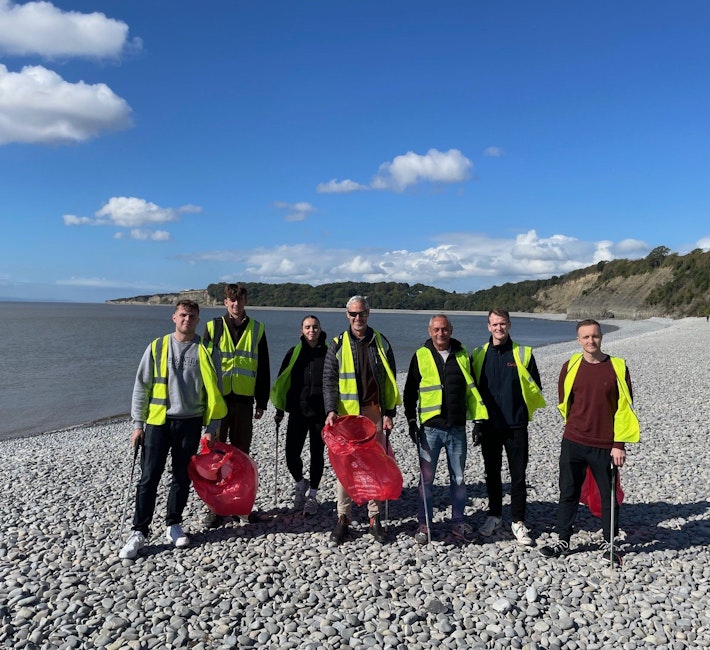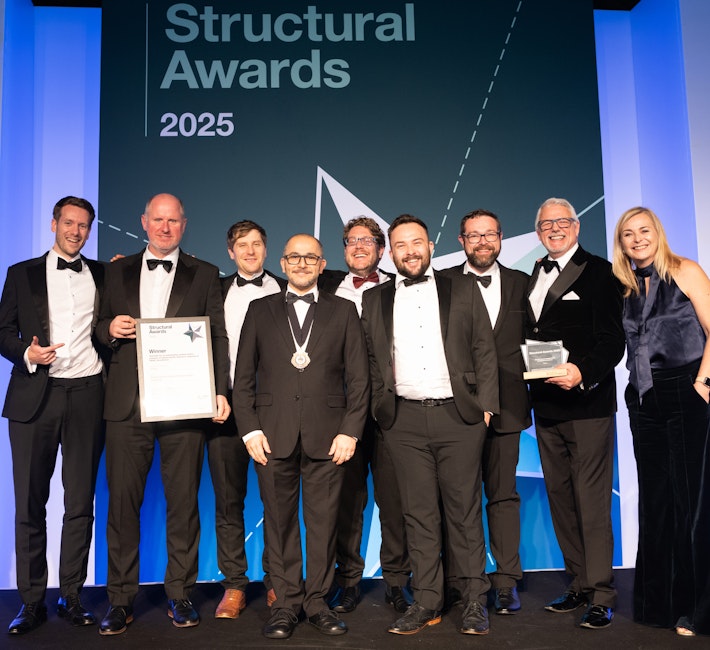Meeting Net Zero Data Carbon Targets for Data Centres : Published by Insider Media

- Home
- News & Views
- Meeting Net Zero Data Carbon Targets for Data Centres : Published by Insider Media
Data Centres are used by almost everyone daily. Whenever you use your smart phone, the internet, call someone on WhatsApp, email, store something in ‘the cloud’ or ask Google a question, the data is transferred and stored via a data centre. The need for data centre capacity has been increasing exponentially and with the ever-expanding capability and use of AI, we will see a surge in required processing capacity and the next evolution of technology.
The International Energy Agency, “projects that electricity demand from data centres worldwide is set to more than double by 2030 to around 945 terawatt-hours (TWh), slightly more than the entire electricity consumption of Japan today. AI will be the most significant driver of this increase, with electricity demand from AI-optimised data centres projected to more than quadruple by 2030.”
To meet this significant increase in demand, it will be necessary to invest in more power generation, upgrade power networks and construct more data centres. Through the use of fossil fuels, power generation has been one of the biggest factors in global warming and contributors to climate change. So, the question arises - how can we meet the increase demand for data storage whilst achieving important climate goals?
Renewables
Harnessing renewable energy to power data centres, including wind, solar and hydro-electric, avoiding use of any fossil fuels in the creation of energy. ‘Green’ Energy can be produced locally or imported via interconnectors between countries.
Cooling System Efficiency
Improving cooling system efficiency by leveraging new technologies such as direct to chip liquid cooling, where liquid is used to take heat away from the chips within servers. This is more efficient at capturing heat then conventional air-cooled data centres, and the residual heat can be used to warm local homes and communities. This is happening now - one of Curtins’ data centre projects on Bidder Street near London’s Canary Wharf will provide approximately 13,000 homes with heating by capturing and transferring a significant amount of the energy used.
Low Carbon Materials
Embracing lower carbon and reused materials can be key this, and we continually see this reflected in Curtins’ carbon database, which records the embodied carbon impact of our projects. Microsoft are building their first low carbon steel with Cross Laminated Timber (CLT) frame in the US – a structural solution that typically comprises lower embodied carbon values than that of concrete of steel.
One of the solutions we consider as engineers to balance carbon reduction with the requirements of these high-performance buildings is the use of hybrid frames, coupled with a mix of recycled steel and timber to reduce embodied carbon.
Battery Storage
The use of battery storage within a development can optimise energy consumption by storing electricity when demand elsewhere is reduced, improving resilience and overreliance on generators for back up.
The Future
We are envisaging that future projects may combine all these elements into unified developments. For example, a wind farm could be constructed alongside a data centre and a battery storage facility. This setup would allow the operator to power the data centre with clean energy, store excess electricity to mitigate the intermittency of wind power, and sell surplus energy back to the grid. By combining these emerging technologies, we can meet growing energy and data demands whilst making positive contributions to climate change efforts.
To view the full article published on the Insider Media website, click here.


